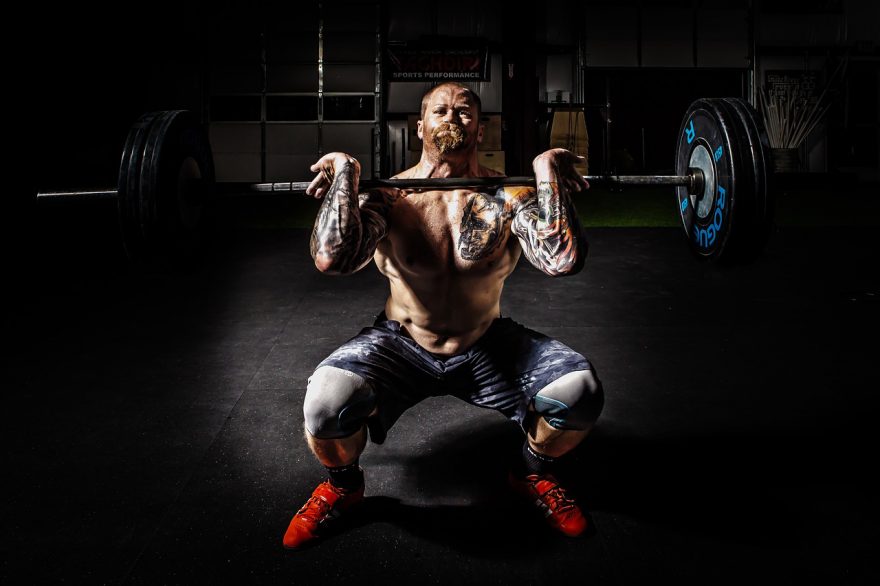
For any gym-goer, the squat has now become a staple exercise in the weekly routine. This is for good reason; they’re demanding and really push your body in several key areas at once. Additionally, if done correctly, squats help to improve flexibility and can encourage overall muscle growth.
However, although the traditional back squat is great, variation can be even better. Mixing up the routine not only shocks the body into adaptation mode but also can be excellent for breaking mental barriers and avoiding boredom in your training. Here are 5 variations/alternatives to the traditional back squat.
Goblet Squat
If you’re new to squatting, the goblet squat serves as an excellent introduction to good technique and habits. The goblet squat almost forces you to keep your weight fairly evenly distributed and helps you to remain upright. To perform the movement, hold a dumbbell or kettlebell to your chest and squat, making sure to truly engage your hips throughout the motion.
Front Squat
For any regular gym lover, the front squat is something you have probably dabbled in. It’s a tough one and can be awkward to get comfortable with but it is definitely worth the perseverance. It is similar to the back squat, except you brace the bar on the front of your shoulders. This is a good one to help you stay more upright in the squat.
Zercher Squat
Hopefully, this is a new one for you. The Zercher squat is relatively similar to the front squat in that you’re holding the barbell in front of you. Only this time, you support the weight just below your chest in a sort of hugging position. Many people find it easier to achieve better depth with this squat and relieve pressure from the lower back.
Anderson Squat
Fancy really testing your body? If so, then this one is for you. Ideal for those who struggle with explosive power on the way back up, the Anderson squat can really help you progress through a plateau. Here, the squat begins at the bottom of the movement, so you’ll need the safety bars up holding the weight for you. Make sure that you pause and rest the bar for a second after each squat so that it doesn’t just turn into a normal squat.
Pistol (or Single Leg) Squat
For a true test of balance and control, give this variation a shot. You should aim to perform this movement much more controlled than most other exercises and you may even need to begin just with your body weight. Once you get good at it and can start using weight it is excellent for strength gains. If you struggle to learn this, begin by squatting onto a box or bench behind you, resting only slightly at the bottom of the squat.
 Your Privacy Choices
Your Privacy Choices
 The
The